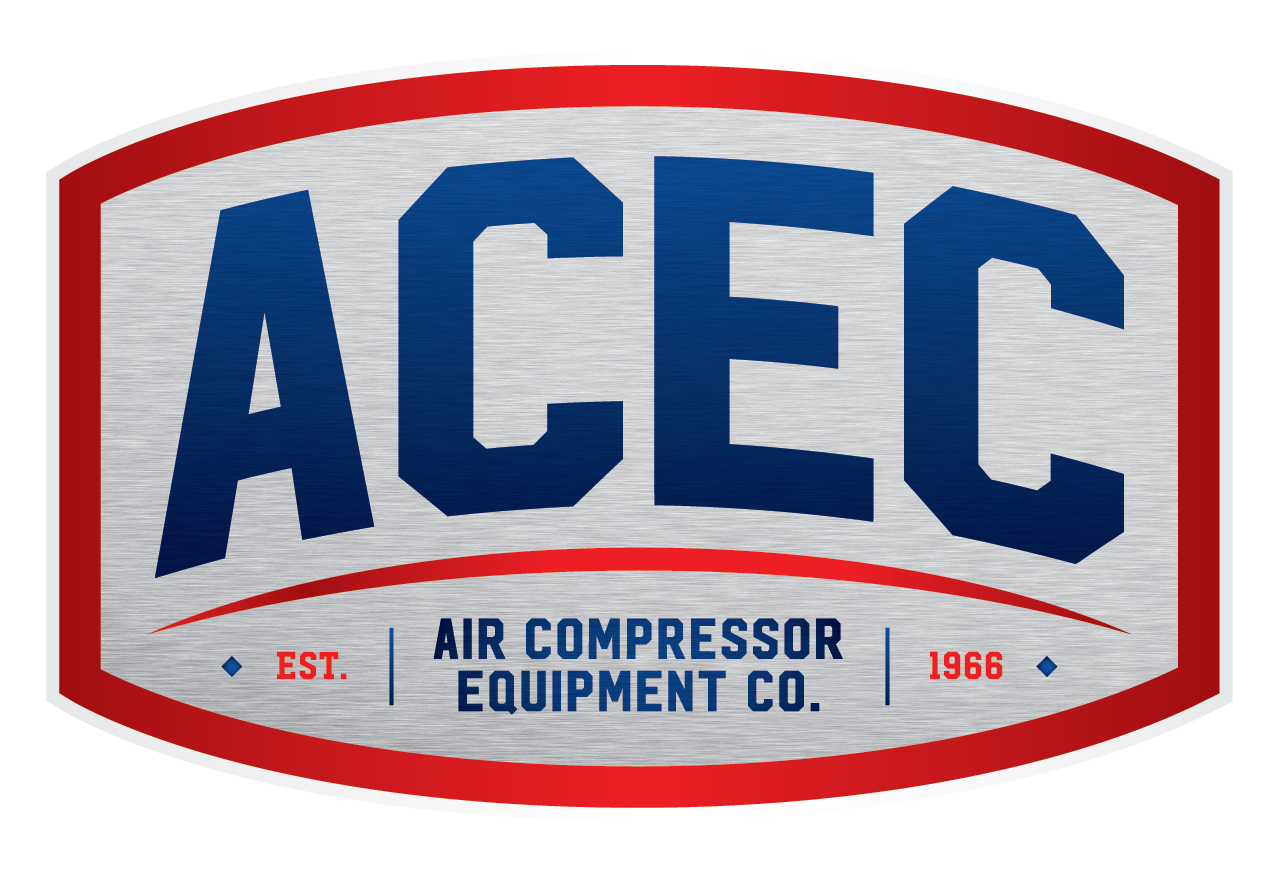
Design, Assembly, Sales & Service of the Highest Quality Compressed Air Systems
Fort Smith, Arkansas
479.783.6181
3401 Kelley Hwy
Fort Smith, AR 72904
fortsmith@acec-ark.com
Northwest Arkansas
479.770.0006
521 Hwy 71B
Lowell, AR 72745
nwa@acec-ark.com